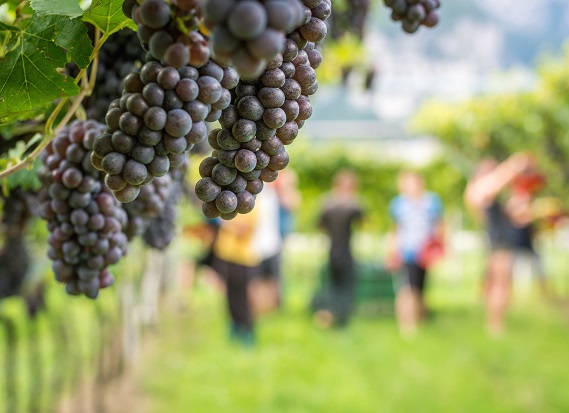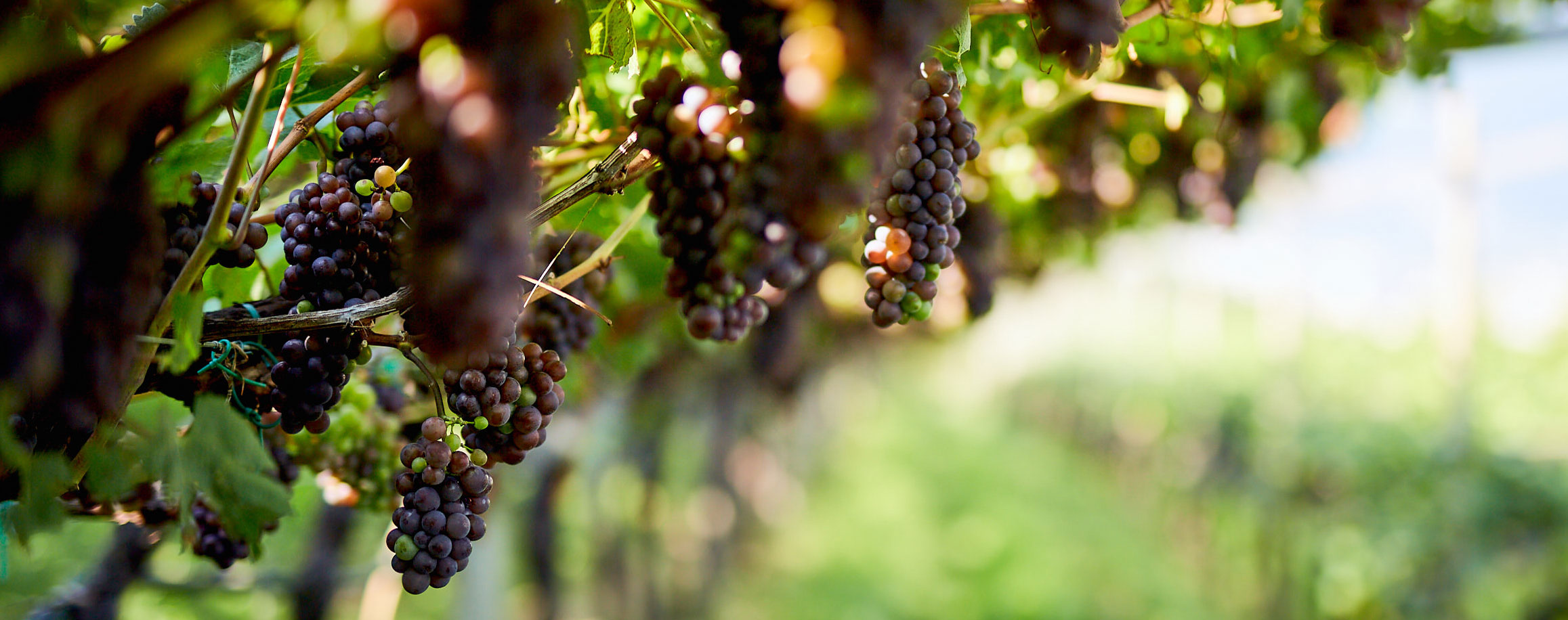- The consortium, in association with the Viticulture and Oenology Research Centre (CREA-VE) in Conegliano, is examining the best clones for producing a rosé wine from Pinot Grigio grapes.
- And the DOC delle Venezie rules have already been amended to allow the use of the terms ‘rosato’, ‘rosé’ or ‘ramato’ on the labels of pink Pinot Grigios.
The DOC delle Venezie, which exports massive volumes of Pinot Grigio to the UK, Germany, USA and Canada, has spotted the increasing demand for rosé wines in these “reference markets” and has decided to fund research into a “pink or coppery version” using “traditional vinification” methods.
The aim of the project, led by CREA-VE and financed by the Veneto Region, is to select the best Pinot Grigio clones for the production of a rosé version through the analysis of 17 Pinot Grigio clones from different production areas of Italy, France, Germany and Serbia, which will be micro-vinified to define a real “colour identity” that can also be applied consistently to the label. For example, should it be rosé or ramato (coppery)? Which offers the best market opportunities and fits in with trends?
'The research will be useful for our Pinot Grigio producers to be able to make a great rosé wine'The researchers will look at the shape and compactness of the bunches, shape of the grape, thickness of the skin, colouring properties (quantity of polyphenols and anthocyanins), and resistance to botrytis. The study will also look at the management of the winemaking processes, in particular in the must preparation and maceration phases over two vintages.
“It is now clear that the rosé trend is growing vigorously,” acknowledges the president of the Consorzio di Tutela, Albino Armani. But he insists: “Our attention to the variety goes beyond any current or market trend. It is a completely independent work that began at the outset of our DOC, which boasts very solid foundations and important preliminary studies on the oenological and viticultural aspects. The research will be useful for our Pinot Grigio producers to be able to make a great rosé wine and categorise it precisely and scientifically, especially now that we have obtained the approval for the change to the regulations that finally allows us to formalise a category that has always been ours.”
- CREA-VE has another study comparing 13 different rootstocks grafted onto Pinot Grigio. “The climate change, the agronomic techniques, the dynamic characteristics of the soil and the qualitative expectations, require a careful and perhaps different choice of rootstock,” CREA-VE’s Dr Diego Tomasi says. “The physiological and gene expression tests should lead in a few seasons to new advice for the winemaker.”

Anyone looking to make a pink or copper-coloured Pinot Grigio should take inspiration from the following Slovenian winemakers:
- Movia – legendary winemaker Ales Kristančič uses late-harvest, handpicked grapes that are tossed into a pied de cuve (about 5% of the expected total volume). Once the fermentation is well under way in the large tank, the wine is racked to barriques for 18 months’ ageing on lees without any additions of sulphur until bottling.
- Batič – Miha Batič’s biodynamic Pinot Gris gets its amber colour from one week’s maceration at an uncontrolled temperature in open vats.
- Erzetič – Andrej Erzetič’s Pinot Grigio is the result of one day’s skin contact plus at least 18 months in new barriques followed by 12 months in amphora.
- Kabaj – French oenologist Jean-Michel Morel’s pink Sivi Pinot gets 15 days of skin contact, then two years in neutral barriques.
- Gjerkeš – Leon Gjerkeš’ copper-tinted Sivi Pinot is cold-soaked for one day. Then, after a gentle pressing, the juice is racked into stainless-steel vats where it ferments and matures on fine lees for four months.













.png)






